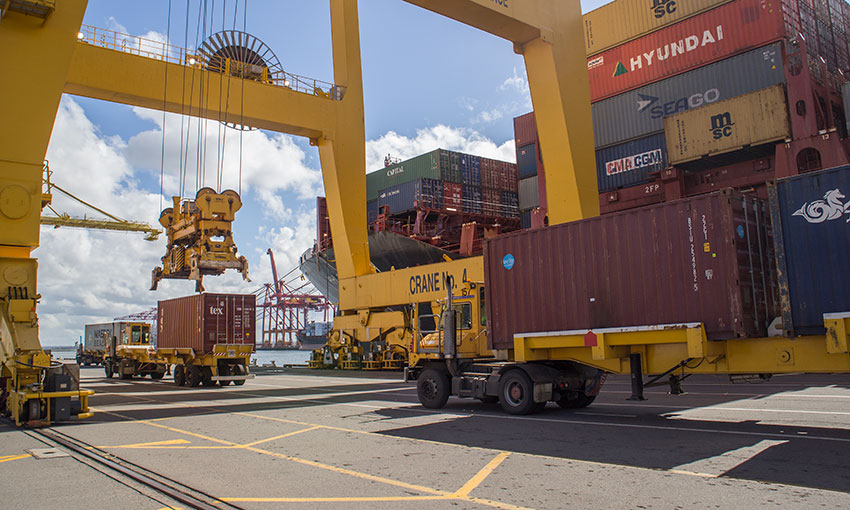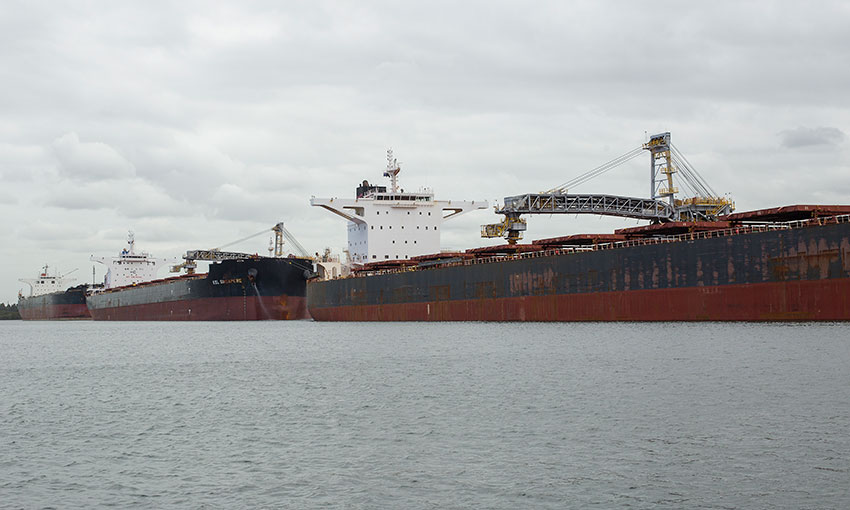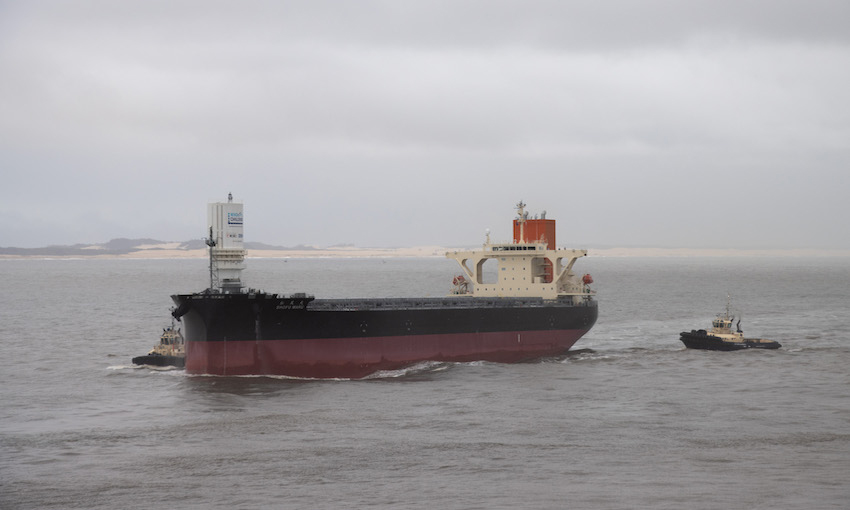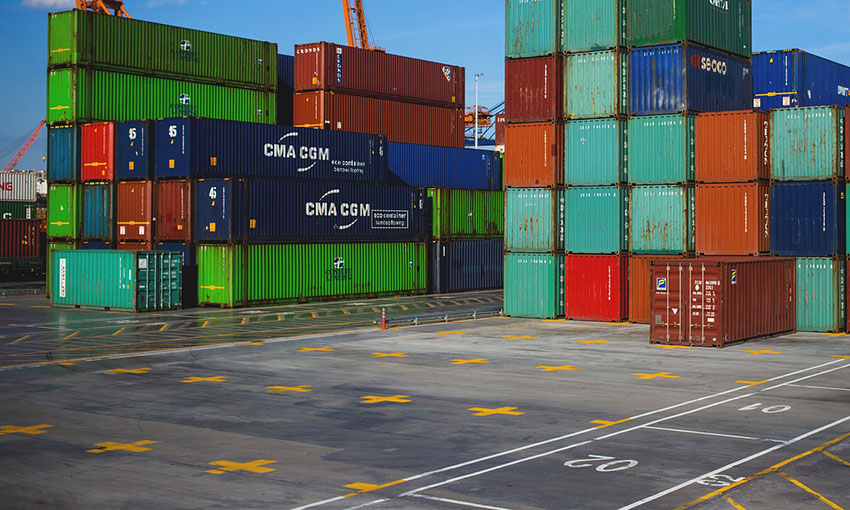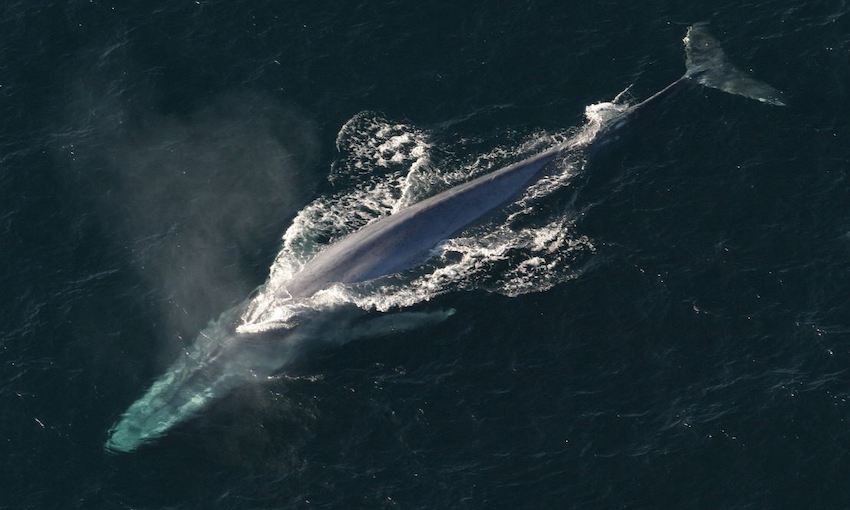Dear Sir,
I would like to comment on the recent opinion article by Peter van Duyn, published in the DCN, about container port performance. I read with interest the Shipping Australia opinion piece and Peter’s reply. Peter identified some insightful views, regarding transhipment ports and a comparison between Australian ports and those of New Zealand.
I believe there is an underlying common reason why Australian ports ranked so poorly and that is, geographical competition. Transhipment hub ports compete around the world for shipping-line business, via service, price and location. Take for example Singapore versus Tanjung Pelepas, and in New Zealand, Auckland and Tauranga are fierce competitors.
Within the Australian port landscape, there is minimal, if any, competition between the major ports. In general, their catchment areas are well defined. The only port that I can identify where the port has leakage is in New South Wales. Some areas in the state loose export cargo volume to Port of Melbourne – some export cargo from NSW goes through Melbourne, even though the closer port is Port Botany. What has NSW Ports done to rectify this leakage? What would it do to the balance of import full versus export full through Port Botany?
The recently announced Port Botany Empty Container Incentive Scheme (ECIS) does nothing to increase competition or lower costs to importers or exporters. The likely outcome is additional costs passed on and ultimately paid by importers and exporters.
While there is little or no competition between ports due to catchment, there is likely little incentive for ports to increase performance. Ports may argue that stevedores provide competition within the port landscape. However, any shipping line executive that has been part of discussions and negotiations understands that:
- if you want to service Sydney, you have to call Botany,
- the first discussion is berth window availability to meet voyage rotation, and
- you only have the landside infrastructure available to service your other needs.
This is not the case in New Zealand. It also shouldn’t be the case in NSW. There is a competitive port that wants to develop a container terminal that will provide competition to NSW Ports and Brisbane.
To improve port performance, we need create competition; we need Newcastle to be allowed to develop its port. I believe it will create competition like we see in other parts of the world such as Ningbo and Shanghai. It will provide importers, exporters and shipping lines with a competitive choice. It will result in increased infrastructure development and allow businesses to consider different locations for deconsolidation centres and other infrastructure.
If you take a closer look at Auckland and Tauranga, they service a similar profile vessel to what Australian ports service, but according to the World Bank/IHS Markit report referenced in the SAL article, they do it better than Australian ports.
Maersk has shown you don’t need to call Auckland port to service Auckland importers or exporters. Tauranga’s investment into rail infrastructure and hubs like its Metro Port located in Auckland has made that possible. You will also see that both ports have planned rail investment to create hubs further south in the North Island. Large deconsolidation centres are being constructed alongside these rail hubs. Empty parks are also being constructed as there are some large export catchments in these areas, that may or may not continue to use ports like Napier or Wellington. Exporters and importers will have more choice.
Congestion issues at Auckland are well known. However, unlike Port Botany’s congestion, lines could bypass Auckland and fully discharge import cargo in Tauranga and have that cargo railed to Tauranga’s Auckland metro port facility. This is economically implausible in Australia due to a lack of infrastructure and competition between the ports. However, if Newcastle was operating, this would be an option.
In his article, Peter van Duyn claimed that some lines are recovering US$1.35 million in congestion fees on a 3000 TEU exchange. I doubt it because:
- not all lines apply a fee,
- not all lines apply it at US$350, and
- of the lines that did apply congestion not many applied it to export.
I’m certain that none of the lines applied it to their own empty evacuation containers. What Peter did highlight but did not mention is that lines incurred huge costs due to congestion and lines also lost income in lost voyages. A two-week delay out of a weekly service soon loses a lot of voyages.
The recent action by NSW Ports introducing the ECIS indicates to me they are content with their monopoly over NSW imports, which, ironically, is supported by FTA and CTAA. With better rail infrastructure to service the state and with competitive competition, this charge would likely not be introduced.
Currently there is no incentive to improve Australia’s port performance. Competition is needed to change the landscape, behaviours, and create competitive choice. Logically, the first step is a container port in Newcastle. However, that is not possible while the matter is being fought out in the courts.
Kind Regards,
Darren Dumbleton

